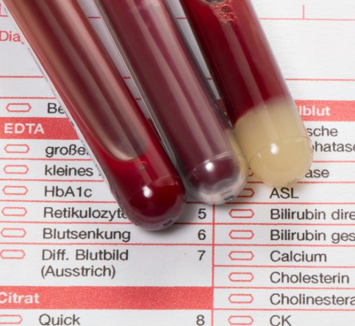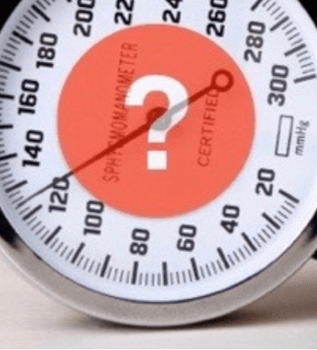There are two types of heart CT (computed tomography) scans:
- One type, a CT coronary calcium scan, does not use dye and checks for calcium buildup in the arteries.
- A second type, called a CT angiogram, requires dye and can give an estimate of the amount of blockage (with exceptions).
The CT scan without dye measures calcium inside the artery.
Think of this as an indicator of how “rusty” the arteries are. Generally, the higher the calcium score, the more “rust” or plaque in the arteries. However, it is impossible to know the amount of blockage from this test (despite some confusing advertising to the contrary).
A “zero” score for calcium is favorable, but does not absolutely eliminate the possibility of a blockage. High calcium scores are linked to a higher risk of heart attacks—but not enough is known to chart the best course of action based on the scan results.
Often, patients with high calcium scores are advised on stringent prevention measures that may include aspirin and cholesterol-lowering medicine—possibly in addition to stress testing.
A heart CT scan without dye is often ordered in people who have some risk for heart disease, but not clearly in need of intensive prevention efforts with cholesterol medication. Price can be as high as several hundred dollars, but it is available in some locations for under $100.
A low calcium score might argue for a less aggressive approach, and a high calcium score may tip the scale toward starting cholesterol medicine.
The CT scan with dye can give important information about blockages.
However, this insight comes at a cost—both financial and medical. The charge is usually over $1,000 and carries the risk of side effects from the dye (allergy and kidney problems), and involves a significant level of radiation exposure.
This type of test is often used to follow up on questionable stress test results instead of proceeding directly to an angiogram and, in some settings, as an initial test in the Emergency Room for individuals with chest pain.
Interested in living a healthier lifestyle?
Learn the essentials of eating and living healthfully in our interactive, user-friendly learning program for the public.
Clinicians: Do you feel confident responding to patient questions about nutrition?
Take our award-winning condensed interactive nutrition CME—and learn what every clinician should know about nutrition.



